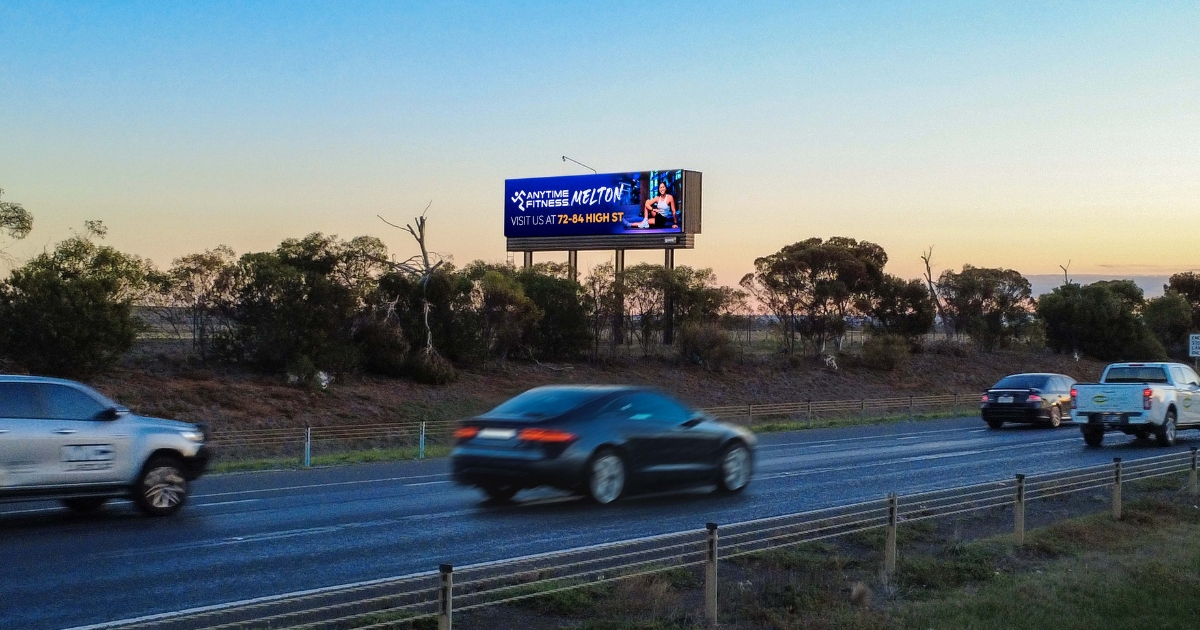Tourism spend returns, tourism staff lagging

TGGB data has revealed spending in the tourism sector has fully returned to pre-pandemic levels but with less than half of the staff. Photo: FACEBOOK/TOURISM GREATER GEELONG AND THE BELLARINE
SPENDING in the tourist sector across the Geelong region and Victoria is back or close to back to the level it was before the COVID-19 pandemic, according to the latest figures, but staff numbers are lagging some way behind.
Earlier this month, the Victorian Tourism Industry Council announced Victoria’s visitor economy was now worth $26.5 billion, or 84 per cent of the pre-pandemic level, with visitation at 78 per cent compared to the year ending September 2019.
Locally, the percentage is even better, with Tourism Greater Geelong and the Bellarine (TGGB) research revealing direct tourism spend in the year to June 2022 had returned to $1.1 billion, or 100 per cent of the total for the year to March 2020.
However, the same research found the total number of jobs in the visitor economy in the year to June 2022 was an estimated 3,250 – only 43 per cent of the 7,551 jobs in March 2020.
TGGB executive director Tracy Carter said tourism spending at 100 per cent but with less than 50 per cent of the staff was “really unsustainable” for businesses.
“It means people are working more hours than they should, and there’s perceptions of burnout.”
TGGB modelling has found the region will need a total of 6,600-8,450 workers in the industry by 2032, but there would be a shortfall of between 1,150-2,700 workers in 10 years’ time “without a considered approach to the development of the workforce”.
There are several local and state government initiatives under way to boost staff numbers. Ms Carter said there was already some interest in the new Tourism Jobs Bank app, with the app downloaded 150 times over the space of one weekend and 71 jobs listed.
Commerce Torquay president Jeff Crow said his organisation had no readily available figures on staff shortfalls, but the need to fill jobs in the town was obvious.
“I’m absolutely bemused by the fact that it isn’t just hospitality or accommodation, it is across the board, and to be perfectly honest, I don’t think they’re all backpackers.
“Everyone says ‘it’s the overseas community that fills the void’, but I don’t think it’s the case. We’ve lost a lot of workers in the manual workforce.
“If there were 50 backpackers here, it wouldn’t fill the void.”
He said many of the people available to take jobs now did not have the skills.
“A lot of people through COVID, for a myriad of reasons, decided to leave any sort of service industry.
“We [businesses] got through quite poorly through the first half of COVID, and so did the employees, and I think that deterred a lot of people.
“It’s worrying that across the board, our industries, and that’s plural, are missing so many people.”
Ms Carter said it would take time for staff levels to return to pre-COVID levels and resolve the issue.
“The people who work in tourism are largely driven by passion, it’s a real people industry and people do it because they love it.
“Every sector and every country on Earth is facing staff shortages, it’s a universal challenge, but I think tourism will get back to being okay on that basis; people do it because they love it. I think that’s one of the differentiating factors that tourism has.”

















